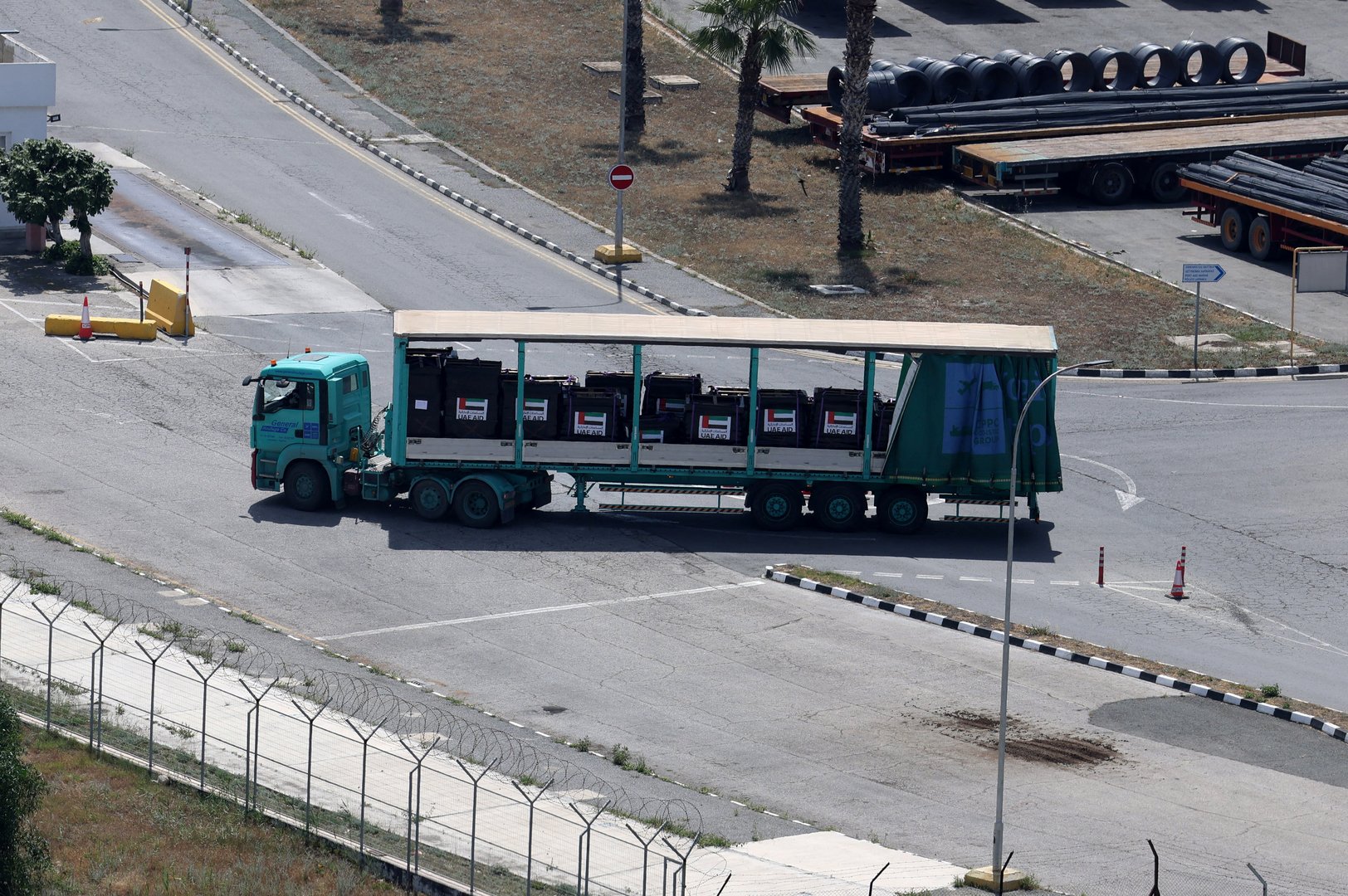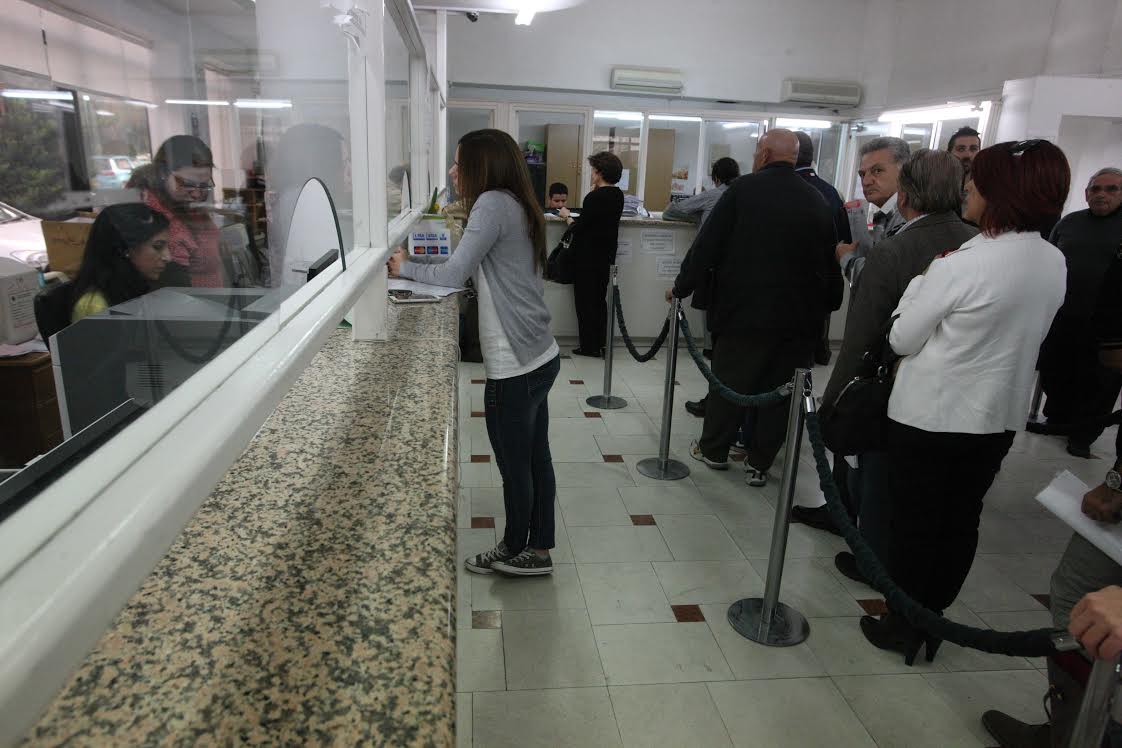A US military ship the Sagamore is in Larnaca on Wednesday being loaded with humanitarian aid to be shipped to Gaza, according to Pentagon press secretary Sabrina Singh.
Following the news of the rebooted Amalthea operation, the Cyprus shipowners’ union pledged to contribute with a €300,000 food donation.
According to statements Singh made in a briefing, the United States Central Command Unit (Centcom) has paused works on the artificial harbour off the Gaza coast due to currently unsafe weather conditions.
Pier sections and military vessels involved in construction are still positioned at Ashdod port, due to forecasts of high winds and sea swells, the Pentagon spokeswoman said but despite the temporary pause the completion of works is said to be imminent.
“Centcom stands by to move the pier into position in the near future, and […] in partnership with USAID, we’re loading humanitarian aid onto the MV Sagamore, which is currently in Cyprus,” she added.
The Sagamore is a cargo vessel slated to make ongoing trips between Larnaca and the offshore floating pier as USAID and other partners collect aid from around the world.
Aid delivered to the pier will then be transloaded onto US military logistics support vessels, and subsequently transported to a Trident Pier, a causeway which has been described as an extensive floating parking lot attached to an 1,800-foot walkway leading to shore.
From there the aid is to be loaded onto trucks for onward delivery and distribution by humanitarian NGOs.
Officials have questioned the seeming low capacity of the US operation, which is set to start with 90 truckloads daily, and able to transport 150 truckloads per day once in full swing.
The Pentagon’s response was that the route was not ideal for transporting aid to the enclaved Palestinian population.
“This is a temporary pier, [it] is not the best way to get humanitarian aid into Gaza. The best way[s] are through […] land routes, and we do want to see those opened up,” Singh said.
The Amalthea route is intended to augment ways that aid can get in, the US official said, through land routes as well as regular airdrops.
A slow beginning is expected which will gradually ramp up, she said.
“Initially a small amount of aid trucks [will be deployed] to make sure that the system works, that the distribution works, and then you’ll see that increase […] when we get to full operational capacity,” she said.
The last humanitarian aid shipment from Cyprus to Gaza aboard the Jennifer, landed at the Israeli port of Ashdod on April 28.
News website Reuters reported that the jetty cost a total of $320 million (€298m) to construct, and that around 1,000 US army and navy servicepeople had been involved in its construction.
Its potential placement has also been a cause for concern among some quarters, with British newspaper The Guardian having reported that it may be too far south to help alleviate the famine in the northern Gaza.
More than 1.5 million people have been crowded into the narrow strip of land which has been effectively cut off from the rest of Gaza by a military road constructed by the Israeli Defence Force linking Israel to the coast, known as the Netzarim corridor.
Meanwhile, Reuters reported that the US paused shipment of 3,000 bombs to Israel in an attempt to head off a full-scale invasion of Rafah.
Israeli forces on Tuesday seized control of the Rafah border crossing between Gaza and Egypt and tanks pushed into the southern Gazan city cutting of the vital aid route, as international mediators struggle to find agreement on a ceasefire between Israel and Hamas.







Click here to change your cookie preferences